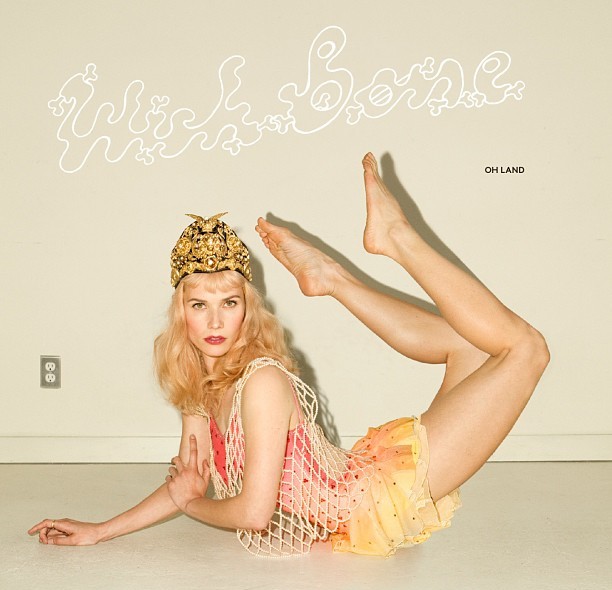Picture of the Ellesmere Chaucer, a vellum manuscript written between 1400-1405, from the Huntington Library, LA.
Every time someone comes to you and says that New Technology X is evil and will bring the end of worlds, consider this:
The monk Johannes Trithemius, who lived around the late 1400s, wrote this in his essay In Praise of Scribes:
Scriptures on parchment can persist a thousand years, but…the printed book is a thing of paper and in a short time will decay entirely; printed texts will be deficient in spelling and appearance. Posterity will judge the manuscript book superior to the printed book. Handwriting is a spiritual act, a form of religious devotion that putting blocks into a press will never be.
Martin Luther, the German theologian and reformer, said this about the fledgling printing industry:
The multitude of books is a great evil. There is no measure or limit to this form of writing.”
Ironically, this was the same printing industry that led to his work being disseminated beyond his wildest dreams.
Erasmus:
“In former times pupils at school had to take down so much long-hand that boys wrote rapidly but with difficulty, constantly on the lookout for symbols and abbreviations to save time…nowadays the art of printing has led to the situation that some scholars do not write down anything at all.”
Luther, Erasmus, and Trithemius, and Socrates, and countless pundits throughout the ages have focused on the same points: new technology disrespects tradition and generational history; those who disrespect tradition are coarser, have lesser levels of education and therefore, a decreased standard of existence.
Photograph: The Gutenberg Bible, taken at the Huntington Library, Los Angeles.
Manuscripts persisted after Gutenberg’s invention. People did not suddenly throw away pens and start pressing type against paper. The two technologies continued side by side for decades, and in fact, the first printed books used laborious, inefficient processes to mimic the look of familiar books. Illustrations were added by hand to a printed book, in different colors, as were rubrications, margins, and standard guidelines that were included in scribal manuscripts. The first print font was also an imitation of a manuscript, being developed by craftsmen hired by Gutenberg. Each of the upper and lowercase letters, symbols and punctuation marks – 290 in all – were painstakingly carved so that they would resemble the ink-drawn versions of the letters scribes were producing with pens.
The true effect of the printed book was felt in its economics. Slowly but relentlessly, the centuries-old profession of traditional bookmaking was rendered obsolete, with monks and guildsmen losing a centuries-long monopoly.
But the printing press also created new professional possibilities for those who had good handwriting. Instead of writing a few commissioned books a year, scribes began to teach penmanship to others through tutoring classes, which gained popularity throughout Europe. The profession of secretary also arose, as the age of exploration and new lands brought about more business and bureaucracy — and consequently, more documentation. Ironically, these writing masters published printed books to disseminate their lessons; this led to further fortunes.
In conclusion, isn’t this generational hubris, to think that the new supplanting the old is an attack on our culture and moral fiber and everything good that we know and cherish? I am not saying that everything that is new is better. But I believe that we as a species have figured out how to filter the short-sighted wins and favor the long-term. Not all of us may know or respect history, but history don’t need your respect, bitch.
On that note: goodbye, 2017.
Ideas and quotes taken from an excellent book called The History and Uncertain Future of Handwriting by Anne Trubek.
